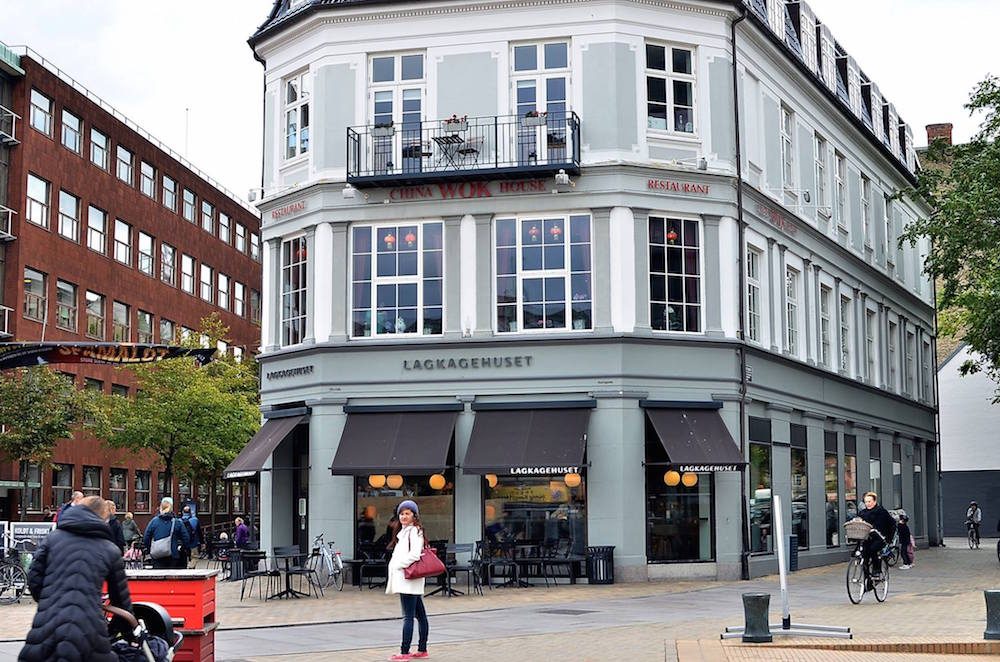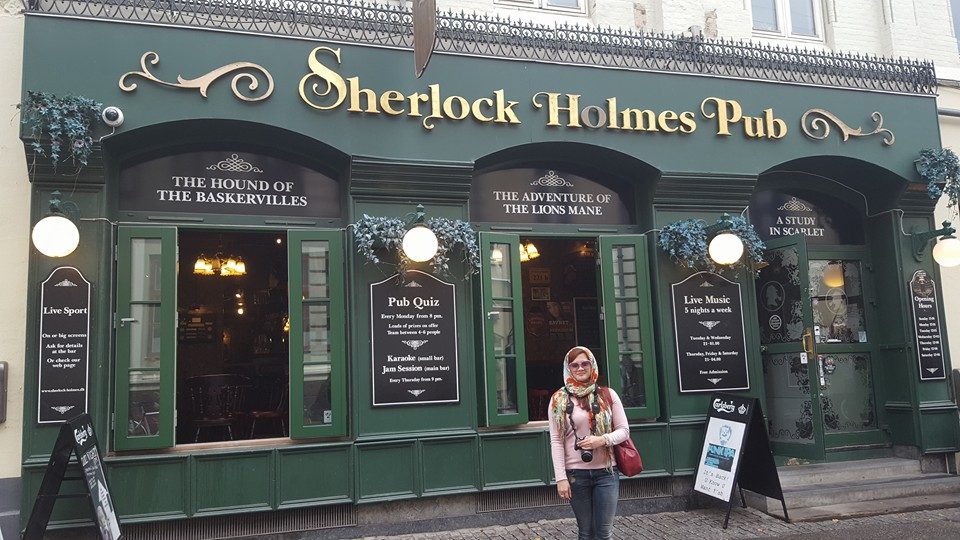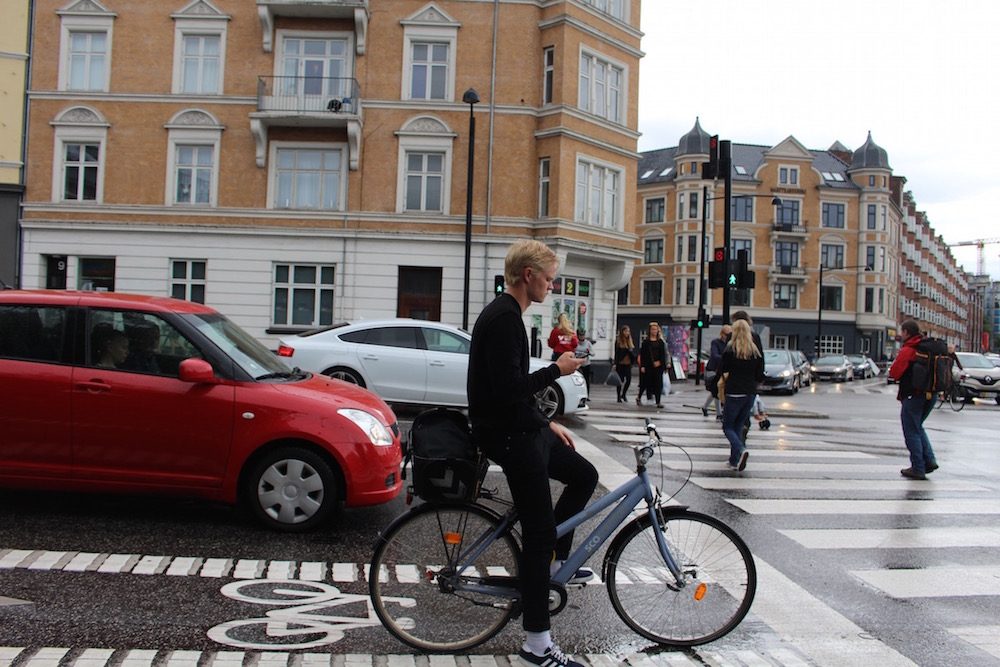SUMMARY
This is AI generated summarization, which may have errors. For context, always refer to the full article.

Copenhagen Airport. I was bound for Stockholm when airport personnel stopped me at one of those sinister scanning machines. Apparently they found “explosive” substances on my laptop and fingers, so they had to run some tests. I stood there more amused than afraid, wondering how that could’ve happened. I imagined myself a lone secret agent crossing European borders, maybe chasing hoodlums of the Panama Papers fame.
After realizing that the substance was probably from the hair mousse I had used that morning, they let me – and my action fantasies – go.
I am, after all, just a graduate student from the Philippines, enjoying the flexibility of a Schengen visa.

Study-work balance
Studying in Europe sounds glamorous because of the many travel opportunities, but it is expensive especially for non-EU students who have no full scholarship or sponsor.
In my case, I had to rely on my savings and freelance work to survive. There were nights when instead of going to student bars or pubs, I’d spend hours editing a book. Sometimes I had to beg off from parties or trips because I needed to manage a group of writers for a community website that features Bonifacio Global City. Another time, I even wrote an article on beauty tips for a US-based women’s e-magazine, as if I have a right to talk about beauty.
I guess the silver lining here is, I do not stop trying to make my way as a writer in a world of hyper-connection and 10-second attention.
Dressing up for the weather
After a month in Denmark, I became equipped for pain, especially of the homesickness kind. But another challenge appeared – the weather.
Denmark’s weather blows me away, literally, with unexpected rains, gray skies, and angry winds. Denmark’s Nordic cold is a bit of a shock. When temperature dropped from 20 to 10 degrees and lower, I wasn’t prepared.

I was wearing jeans, a shirt, and a pretentious, good-for-nothing white coat during a trip to Hans Christian Andersen’s hometown when I caught myself shivering while waiting for the Eurolines bus. That was the day I gave up any delusions that I can survive without proper layers of clothing.
Naturally, after that, I got used to wearing thermal leggings, socks, boots, a wool sweater, gloves, scarf, and headwear. Imagine the energy of having to do and undo this look every day.
Moving from Point A to B
And what about commuting?
I bought a secondhand bike. It was only logical to do so in a biking city where public transportation is expensive (P3,000 for the monthly bus card). I used my bike once, on my way to the nearest supermarket. But since I live in an area 30-40 minutes away from the university, I thought it impractical to continue any meaningful relationship with my bike. In my second month, I sold it to a German classmate.

Occasionally, I ride in a car.
The Filipina I’m staying with drives her own wheels. She’s been living in Denmark for 10 years and speaks fluent Danish. She takes me and another Filipina housemate with her when she goes to supermarkets and Asian shops. The maximum speed on most streets is 60 kilometers per hour, and sometimes there is light to medium traffic early in the afternoon, when Danes leave their offices altogether at 3 pm and satisfy their work-life balance needs.
Compact and subcompact hatchbacks and sedans dominate the roads, I notice, and I learned that this could be because of the weight tax on automobiles: the heavier the car, the higher the tax. Perhaps the Philippines could copy this taxation to help ease its Carmageddon.
Without a car and without a bike, I survive transportation through Denmark’s neat bus system. If politicians back home could throw away unchecked greed and the lack of political will, Filipino taxes might be able to inject some first-world improvements into the Philippine public transportation system.
Sharing the world
Graduate studies abroad aren’t complete without food stories. The memorable meals to me are not expensive, lavish ones. In fact, my favorites include the adobo meals shared with classmates, a “Running Dinner” in which about 20 of us transferred from one dorm to another to finish a full-course meal, and a quiet meal of pasta and beer while watching a horror movie.
For sure, these memories of bonding with “international” strangers are going to stay with me, especially at a time when the world is besieged by threats of closing doors to one another and turning inwards.
Living in Denmark presents many challenges because of its high living standards, and I would be lying if I said everything was a breeze, but it is the university city of Aarhus – a community of curious seekers – that makes the global community thrive without erasing one’s national identity. – Rappler.com
Aileen Macalintal has been an editor in Singapore and has written for Australian magazines. She also can’t stay in one place for too long. She’s now studying Erasmus Mundus MA in Media, Journalism, and Globalization.
Are you a Filipino abroad with a story to tell? Send contributions to balikbayan@rappler.com.
Add a comment
How does this make you feel?
There are no comments yet. Add your comment to start the conversation.